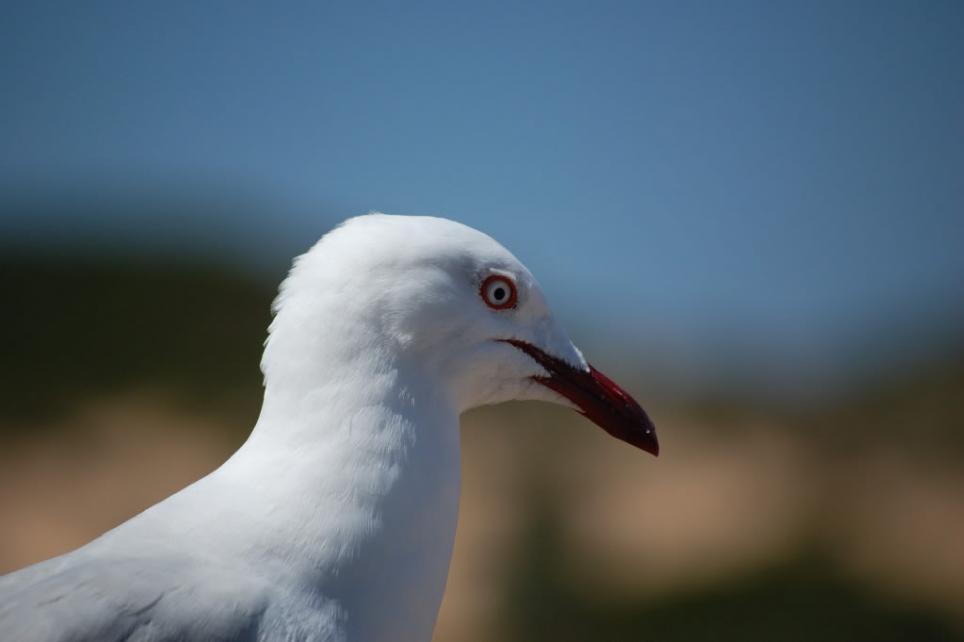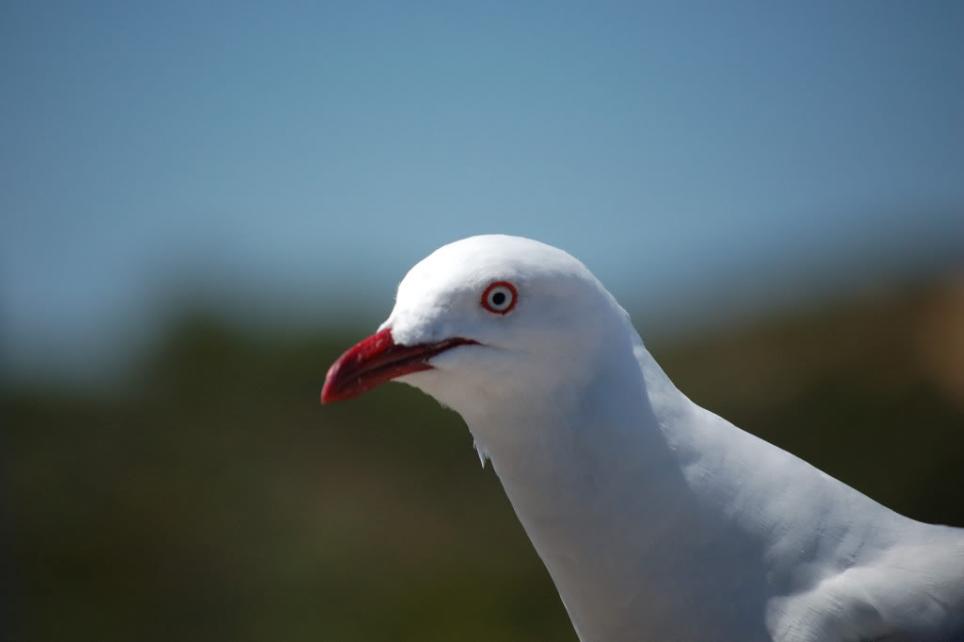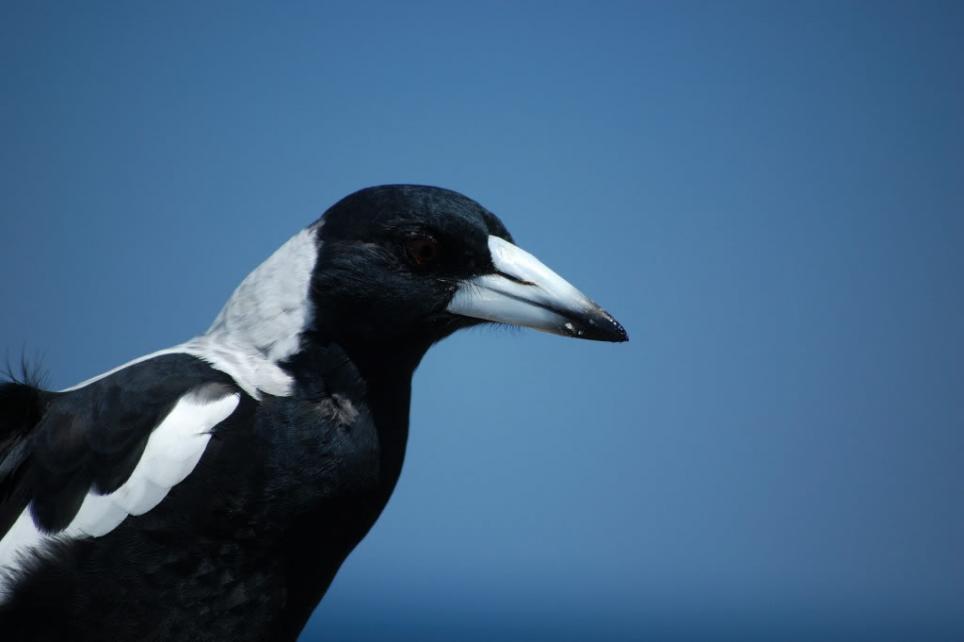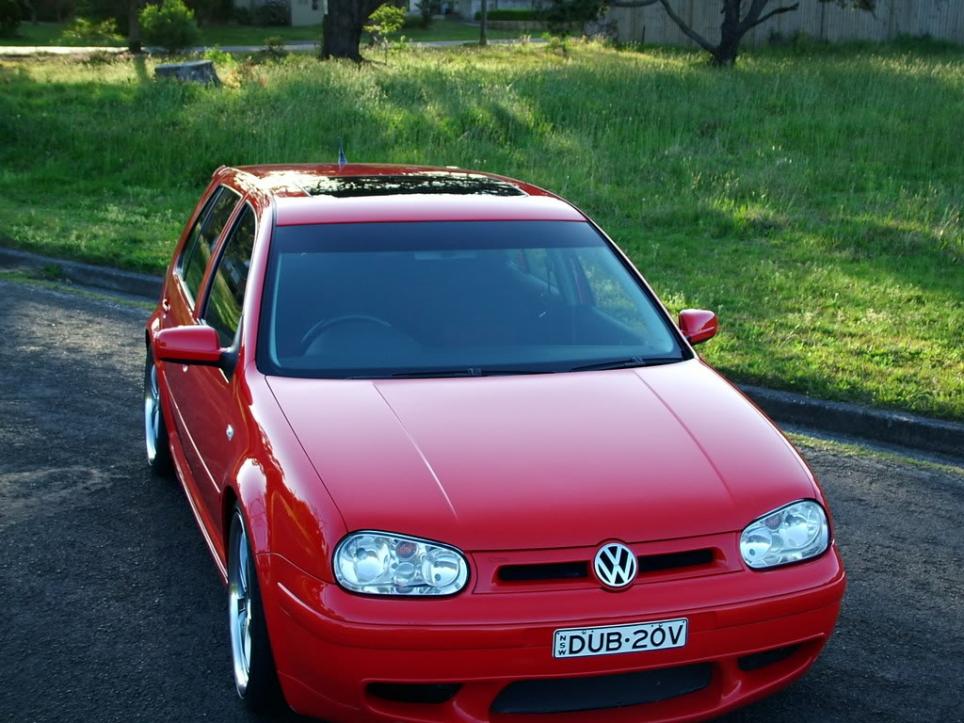for photos like that you really need a ND filter as its just way too bright here is aus lol
Above Forum Ad
Collapse
Announcement
Collapse
No announcement yet.
Show us your amateur photos - not dial up friendly
Collapse
X
-
Very true, I need a couple of filters, but there's the $$$ issue that goes along with this hobby, and I still need to be able to support my dub addiction...Originally posted by velly_16v_cab View Postfor photos like that you really need a ND filter as its just way too bright here is aus lol Canadian dubs coming to VWwA soon
Canadian dubs coming to VWwA soon
Comment
-
Actually, an ND filter will reduce the brightness of *all* of the image so you would end up with the same thing except that you will require an even longer shutter speed.Originally posted by velly_16v_cab View Postfor photos like that you really need a ND filter as its just way too bright here is aus lol
What is required is a *graduated* ND(Neutral Density) filter. An ND graduated filter has a dark section at the top of the filter and a clear section at the bottom of the filter which allows for a difference of exposure in these areas. This allows for the reduction in the brightness near the top of the frame where the sun is shining but at the bottom of the photo where it is dark it will be balanced more with the top part of the photo.The idea is to reduce the *difference* between the light and dark parts of the photo and this is done with an ND grad filter, not purely a ND filter.
Comment
-
As I stated in my earlier post, photography is a hobby of mine. I have taken about 30,000 photos over the last 4 years with a Digital SLR (DSLR) and previous to that many thousands with film SLR's.Originally posted by HitmanR32 View PostWhat camera do you guys use..
i want a reasonable one that isnt ott expensive but one that can change those settings blah blah blah!
are they digital Cameras??
my Sony Cybershots just dont cut it!
I use a Pentax K20D(just released) which is a 14Mp APS C DSLR which uses standard 35mm film SLR lenses as well as dedicated Digitally optimised lenses. APS C stands for the sensor size which is 23.5mm x 15.7mm whereas a small pocket camera uses a sensor of between about 5mm up to about 8mm wide. 35mm film measures 36mm x 24mm, so any 35mm film lens used has a "crop" factor of 1.53x, so a 50mm lens then has an angle of view of a 76.5mm lens equivalent of a 35mm film SLR.
The larger the sensor, the less noise and the more dynamic range and in most cases better resolution. Dynamic range is the difference between the light and dark areas of a photo. A photo from a larger sensored camera will be more readily able to be enlarged without loss of resolution or increased "grain" on the photo due to the fact that the dynamic range is much larger. I have photos that are 500mm wide on my wall that you cannot see any grain and they are as sharp as a standard 150mm photo from a photo lab.
I have 16 lenses for my camera ranging from 14mm extreme wide angle to 300mm extreme telephoto. This would be equivalent to 21mm to 450mm on 35mm film angle of view.
Comment
-
i see what you mean. i will have to prive some up when i am out next.Originally posted by Lance B View PostActually, an ND filter will reduce the brightness of *all* of the image so you would end up with the same thing except that you will require an even longer shutter speed.
What is required is a *graduated* ND(Neutral Density) filter. An ND graduated filter has a dark section at the top of the filter and a clear section at the bottom of the filter which allows for a difference of exposure in these areas. This allows for the reduction in the brightness near the top of the frame where the sun is shining but at the bottom of the photo where it is dark it will be balanced more with the top part of the photo.The idea is to reduce the *difference* between the light and dark parts of the photo and this is done with an ND grad filter, not purely a ND filter.
quick question,
what advantage do you get with a FIX length lense over a normal one?Velly
'91 2.0 8v GTI

Originally posted by DubSteveI have wood thinking about you
Comment
-
but wouldnt you get more movement because you have used a slower shutter???Originally posted by Lance B View PostActually, an ND filter will reduce the brightness of *all* of the image so you would end up with the same thing except that you will require an even longer shutter speed.
.Velly
'91 2.0 8v GTI

Originally posted by DubSteveI have wood thinking about you
Comment
-
Generally, a fixed length lens, or "prime" lens, is faster than a zoom, ie the maximum aperture is larger and so you can shoot in lower light or get less depth of field for a more artistic look to the image. Also, the optical qualities of a fixed focal length lens over a zoom is better as the designers can make sure the lens is designed to work at only one focal length rather than a range of focal lengths. Also, the more focal lengths a zoom has to cover, the more compromises there are, so a 3x zoom will generally perform better than a 10x zoom.Originally posted by velly_16v_cab View Posti see what you mean. i will have to prive some up when i am out next.
quick question,
what advantage do you get with a FIX length lense over a normal one?
The disadvantage of a fixed length lens is that you are limited to the one focal length and would have to change lenses in order to change focal lengths or 'zoom' with your feet, ie walk to or away from your subject to get the desired subject size or effect. Also, you will require more lenses if you want to go with primes rather than a zoom which can cover a number of focal lengths.Last edited by Lance B; 27-02-2008, 12:39 PM.
Comment
-
Yes you would get more movement due to the slower shutter speed but you can alter this by changing the aperture to a 'faster' aperture like f5.6 rather than f8 for instance. You can also use a tripod for static subject matter and in the photo of the water in the creek it may even be an advantage to use a slower shutter speed to have the water movement. The aperture is the iris of the lens and can be altered by controls on the camera if it has manual settings.Originally posted by velly_16v_cab View Postbut wouldnt you get more movement because you have used a slower shutter???
ND graduated filters are toning down one section of the scene, so the exposure of the dark areas does not alter, just the toning down of the bright areas and you may find that the shutter speed may ot actually alter very much even thought the ND grad filter may have a 2 stop(shutter speed) difference between the light and dark areas of the filter.
For my landscape photos, I use the ND grad filters quite extensively and they can really add impact to a photo. In the sample photos I posted a day or so ago, the Harbour Bridge photo and the photo of the sea with the rocks in the foreground and the looming clouds were taken with ND grads and would have much less impact without it.
The important thing to remember is that once a sensor becomes over saturated, ie the shutter speed is too long for a given light level, then the information is lost. The photo has blown the highlights and that bright area cannot be recovered, so even of you try to correct it in post process, you will not get any information from the blown out areas and they will appear white or lose colour density and will look awful. The idea is to keep the exposure under control by exposing the bright areas near to the limit but not overstepping that limit.
This is where a ND grad filter can be invaluable if you want to record the bright *and* dark areas of a scene. Of course, it is not always necessary to be able to record the complete range of brightness of an image for that image to be acceptable.
I hope my explanation makes it clear. If there is anything you do not understand or disagree with, please let me know.
Comment
2025 - Below Forum
Collapse








Comment